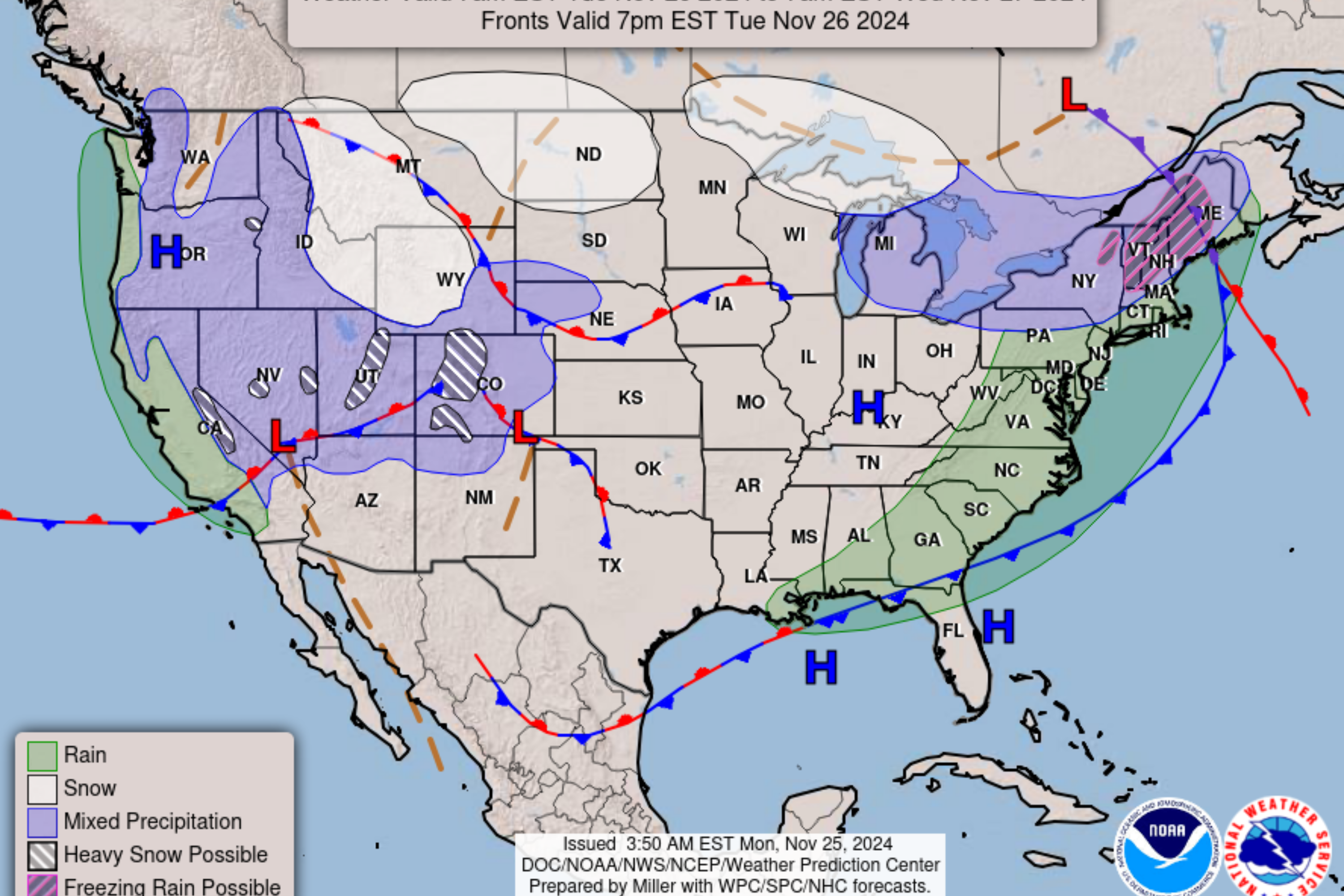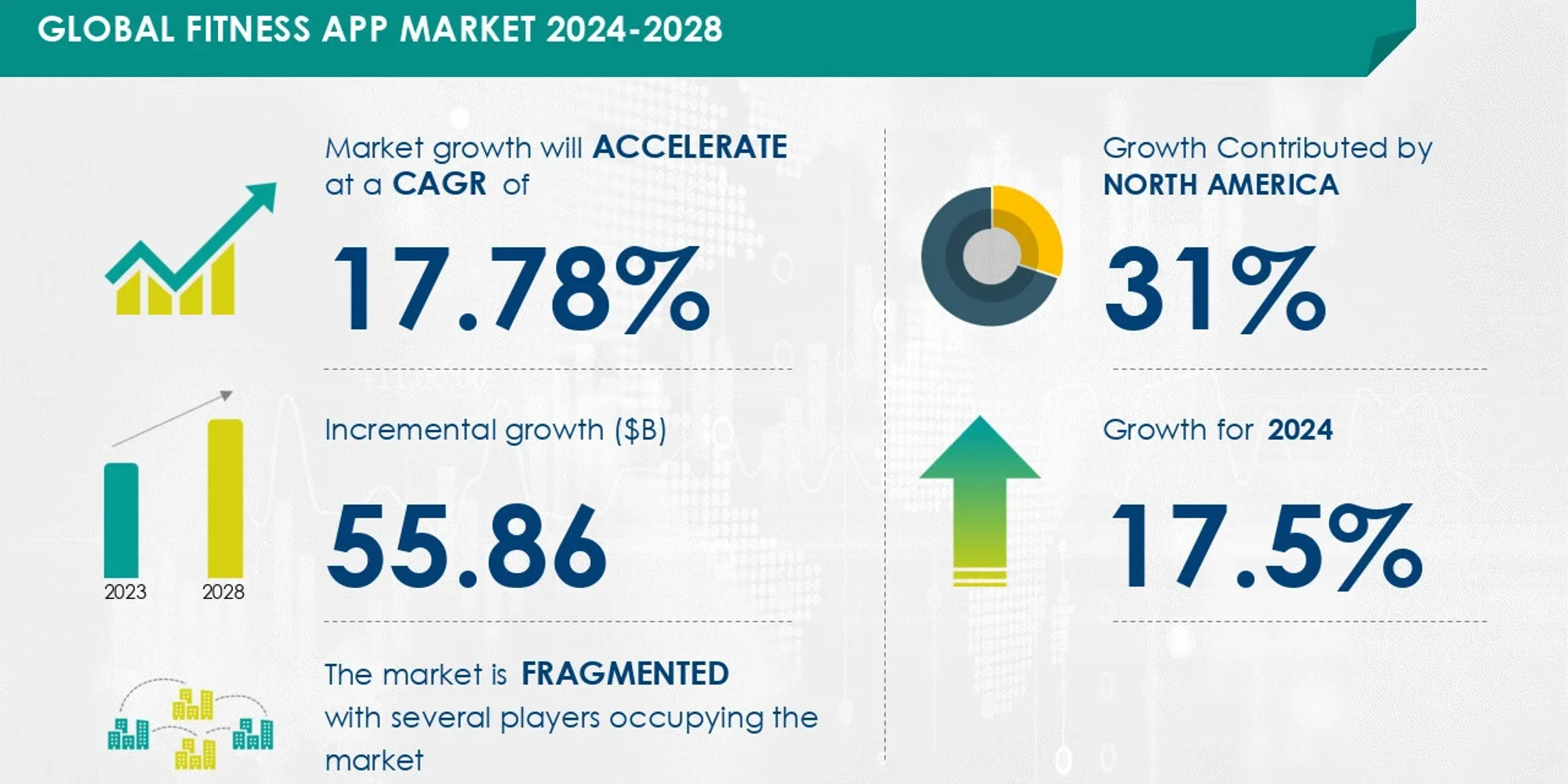Jobs
A stable jobs market: San Diego’s unemployment rate dips

San Diego’s jobless rate settled into more comfortable territory in September, just a month after it had spiked to a surprising 5.1 percent.
State labor officials reported Friday that the local unemployment rate sank last month to 4.6 percent amid a gain of 4,700 jobs, mostly in government and education as students and teachers returned to school.
While the current jobless rate doesn’t match some of the historic lows of last year and years earlier, that’s a good thing, says San Diego economist Daniel Enemark. Rates approaching 5% are a sign of full employment, and once unemployment starts to dip well below 4.6 percent, there’s a much higher risk of inflation, he said.
“A lot of people have been saying we’re due for a recession and that you can’t tamp down inflation without hitting high unemployment numbers,” said Enemark, chief economist of the San Diego Regional Policy and Innovation Center. “But what we saw last month is yet more evidence that the labor market is really stable and remains pretty tight and we have a strong labor force while at the same time San Diego’s inflation has dropped to 2.5% so that’s awesome.
“That is the soft landing that the Fed (Federal Reserve) has been hoping for. And it’s not really happened like this before.”
Unlike in August, when a surge in the number of people entering the labor force drove the jobless rate higher, September was largely flat, with the labor force growing by just 100, to 1,598,300, according to the state Employment Development Department. That’s in sharp contrast to a gain of more than 16,000 new workers for July and August combined. Typically, there’s a much bigger jump in the workforce between August and September, Enemark pointed out.
“A big part of what increased the rate in August was that so many people joined the labor force, which is good news,” he said. “If the economy is going to grow, we need people to feel comfortable engaging in work.”
San Diego’s jobless rate compares to an unadjusted unemployment rate of 5.3% for California and 3.9% for the nation during the same period.
Among the sectors leading job growth in San Diego last month were government (largely education), with an increase of 7,400 jobs, and private education and health services, which saw payrolls increase by 1,900.
On the job loss side, seven industry sectors saw month-over declines, for a total of 5,300 jobs, led by leisure and hospitality, which fell by 4,000 jobs. The latter was expected, given the end of the summer tourist season. When adjusted for seasonal fluctuations, leisure and hospitality actually saw a slight increase, Enemark calculates.
A notable change in the local hiring landscape, says Manpower CEO Phil Blair, is the easing of a trend seen post-COVID of people quitting their jobs in large numbers. Recruitment for temporary positions, he said, has slowed, as employers now are seeking out Manpower for very specific permanent positions, Blair said.
“We’re not hiring a lot, but we’re also not laying off,” Blair said of the current employment picture. “On the permanent jobs side, we’re busy. Companies. for example, will say they need a CFO, a civil engineer, and anything to do with mental health. We have 100 openings right now for jobs in mental health.”
He’s also noticing companies preparing for the coming holiday hiring boom. Clients such as UPS, as well as warehouses, are starting to gear up, he said. As an example, Blair says he has orders from two companies for 450 workers each.
Compared with other parts of California, San Diego County’s unemployment rate last month landed roughly in the middle.
The rate was 6 percent in Los Angeles County, 4.1 percent in Orange County, 3.6 percent in San Francisco County, 4.1 percent in Santa Clara County, 5.2 percent in Santa Cruz County and 5.6 percent in Riverside County.
Statewide, Los Angeles economist Christopher Thornberg said he’s struck by what he says is a mismatch between job growth and the actual number of workers. Over the past five years, he says, the state has added 640,000 payroll jobs but there are only 10,000 more workers.
“Our labor force hasn’t grown really at all in five years,” said Thornberg, founding partner of Beacon Economics. “The fact we’re seeing any job growth is a function of people picking up second jobs or there are unaccounted jobs because of immigration. It is a full employment economy. We just don’t have enough workers in the state of California.
“When we get the January numbers, almost assuredly, there will be a big downward revision in payroll numbers. I think they’re overcounting the number of jobs.”










